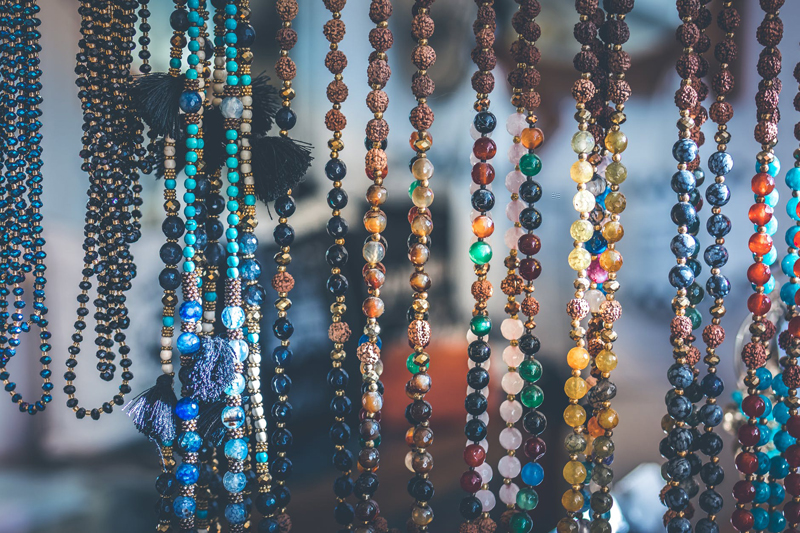Hamsa pattern and blank graph


Example beaded by Jennifer Bragg.
The Hamsa,Khamsa or Hamesh hand has been around for a few thousand years at least. They can be oriented with the fingers pointing upwards or the fingers pointing downwards. Used in jewelry, wall hangings and other art, they are lovely amulets for luck. They are also now used as a symbol for the hope of peace by showing common ground between Jewish and Muslim cultures.
Generally, they are symmetrical designs, having thumbs on both sides, with a longer middle finger, but some are also shaped like hands. I went with the symmetrical design for this pattern.
You can learn a lot more about them by reading this article, The Hamsa - Protection from the Evil Eye at our Middle Eastern Culture site.
A friend of mine requested this pattern, and I'm thrilled she did, because of how much I learned while doing the research to understand more about what this symbol meant.
These patterns will be a bit large stitched up in size 11 Delicas, for jewelry, you may prefer the size 15 Delica beads. To stitch this up, brick stitch will work best. The foundation row is the center beads from the middle finger up or down. Just turn the graph sideways to see it oriented for brick stitch.
The first one is inspired by some of the absolutely gorgeous filigreed Israeli designs that I looked at while researching this article.


Hamsa can point either up or down, and eye in hand designs are very common.
This design is my take on eye in hand.


Some hamsa have charms hanging from the fingers as symbols. You could use charms or brick stitched earring patterns if you wanted to hang something from them.
Here is a blank graph to design your own. Print it out and color it using colored pencils or use it with your graphics program.

You Should Also Read:
The Hamsa- Protection from the Evil Eye
Celtic Knot Faux Split Loom

Related Articles
Editor's Picks Articles
Top Ten Articles
Previous Features
Site Map
Follow @shala%5Fbeads
Tweet
Content copyright © 2023 by Shala Kerrigan. All rights reserved.
This content was written by Shala Kerrigan. If you wish to use this content in any manner, you need written permission. Contact Shala Kerrigan for details.






